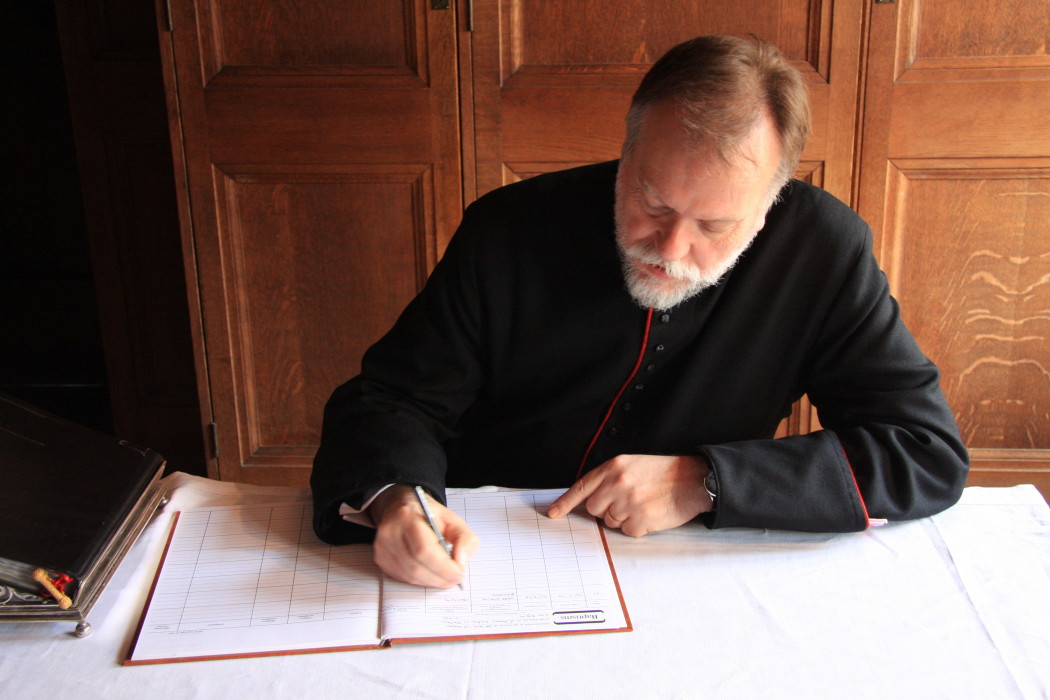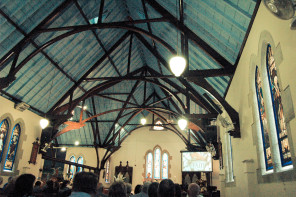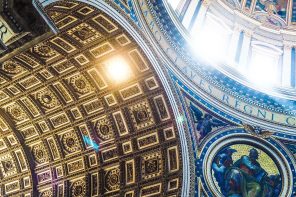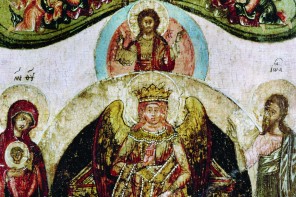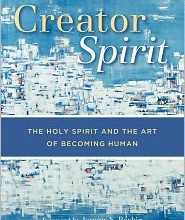 Born in a landscape of chalk hills and beech trees, I was baptised at the Norman font of a church with Saxon foundations and medieval wall paintings. Sunday after Sunday we sat beneath a 13th depiction of St Christopher, the Christ Child upon his shoulder, wading through a Buckinghamshire stream where eel and pike swim, listening to the words of the Book of Common Prayer and the King James Bible.
Born in a landscape of chalk hills and beech trees, I was baptised at the Norman font of a church with Saxon foundations and medieval wall paintings. Sunday after Sunday we sat beneath a 13th depiction of St Christopher, the Christ Child upon his shoulder, wading through a Buckinghamshire stream where eel and pike swim, listening to the words of the Book of Common Prayer and the King James Bible.
A teenager in the late 1960s, my spiritual antennae picked up signals from further afield. Thus, Max Müller’s translation of The Dhammapada, the primary collection of teachings by the Buddha, which begins thus:
All that we are is the result of all that we have thought.
Dhammapada 1
In other words, we are the individuals we are, in part at least, because of all that we have have thought and seen and read and experienced in our lives up to this moment. Looking back at the path that leads from the ancient English parish church of my upbringing to the Edwardian church of All Saints in St Andrews, it is possible to see certain themes intertwined, chief amongst them faith and art.
At the age of ten or eleven, I thought I wanted to be a monk. It was a romantic dream, fed by stories from English history: doubtless I saw myself in sunlit scriptorium illuminating manuscripts of the holy scriptures. A few years further on, I wanted to be a painter. The romantic theme was still there: my favourite artists at the time were those wild boys of mid-19th century art, the Pre-Raphaelite Brotherhood. Although I didn’t fully appreciate it at the time, much of their output, in the early days at least, was influenced by the Oxford Movement and the catholic revival in the Church of England.
After school, I lasted a year in an English degree course. 17th century satire was my undoing: I didn’t really get it; it didn’t hold my interest. So, with the naivety of youth, I decided that what I would like to do is work at the Tate Gallery. After all, it was the public art gallery I knew best and it had a splendid collection of Pre-Raphaelite paintings. Astonishingly, that’s what happened. After a year working in a brush factory (brush-making, along with furniture-making, being the principal local industries that made use of those beech trees), I successfully applied for a job working in the Registrar’s Department of the Tate Gallery.
Over the years that followed, I learned the mechanics and logistics of exhibition-organisation, from the point of view of both lender and borrower. My world was one of packing cases and customs’ forms, insurance certificates and indemnity documentation, fine art shippers and airlines, as well as the display and documentation of the permanent collections.
Interest in the church had waned somewhat in my late teens and early twenties, replaced to a degree by a fascination with Buddhism, particularly the Zen tradition of Japan, with its strong monastic element. And yet, there was always a feeling of something missing.
Lunchtime at the Tate sometimes found me walking round to Westminster Abbey, drawn by something, but not finding it in that bustling tourist attraction. And then, one day, I sought out Westminster Cathedral, not for spiritual reasons, but because I wanted to see the Stations of the Cross carved by Eric Gill. Apart from one family wedding, I had never been in a Roman Catholic church before. It was something of a revelation: unlike the tourist crowds further down Victoria Street in the Abbey, the crowds here were kneeling in prayer and lighting candles. In the middle of the day; in the middle of the week. It wasn’t quite the same day, but around that time, I wandered into the Church House bookshop behind Westminster Abbey. A book with the word ‘Zen’ in the title attracted my attention, by an author of whom I had never heard: Thomas Merton.
Another revelation. Over the months that followed, I had read as much Merton as I could lay my hands on and I came to realise what was missing. Then, one lunchtime, I received holy communion again, for the first time in a number of years, at St Margaret’s, which stands in the Abbey grounds. It was a powerful home-coming, the beginning of knowing home, in some ways, for the first time.
After twelve years at the Tate, I moved to Edinburgh, to set up a central Registar’s Department for the National Galleries of Scotland. By that time, I was already feeling a very strong pull towards the ordained ministry, and after three years with the Galleries, I entered Coates Hall, the theological college of the Scottish Episcopal Church in Edinburgh. Ordained deacon in 1992 and priest the following year, I served my curacy at Christ Church, Morningside followed by two years on the clergy team at Old St Paul’s in Edinburgh’s Old Town, before becoming Rector of All Saints, St Andrews in November 1996 and Anglican Chaplain in the university a year later.
The threads are all there still: art that informs and can communicate the faith; the discipline of the monastic tradition. The journey never ends; the work is always a work in progress; thanks be to God.
The Reverend Canon Jonathan Mason
All Saints’ Church, St Andrews, Scotland

